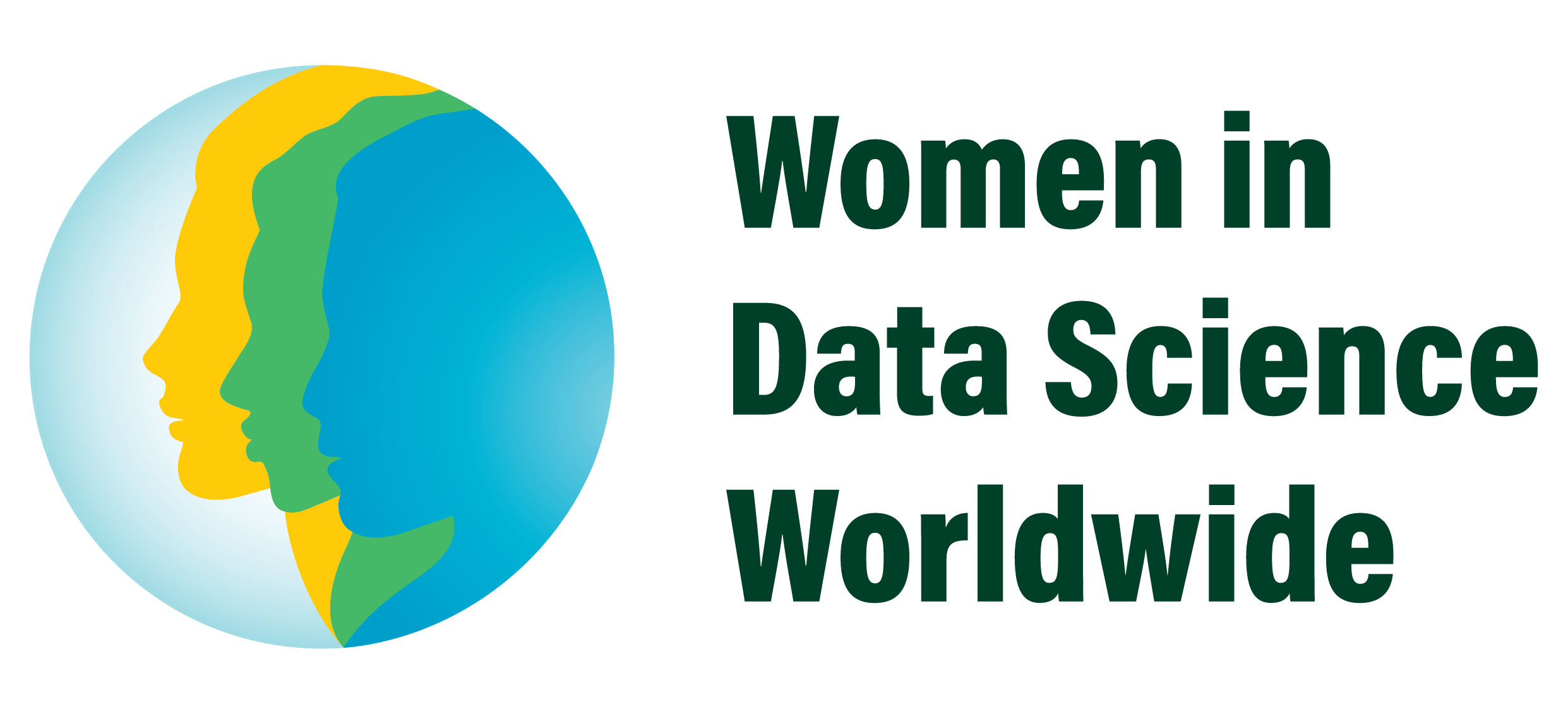Evolution of Machine Learning for NIF Optics Inspection | Laura Kegelmeyer | WiDS 2019
About This Video
The National Ignition Facility (NIF) is the most energetic laser in the world. By focusing NIF’s laser beams onto a variety of targets and creating extreme temperature and pressure, scientists from around the world conduct experiments supporting many scientific disciplines including astrophysics, materials science, nuclear science, and using fusion as a clean, safe energy source.
In the course of these experiments, the NIF routinely operates above the damage threshold for its optics. To extend the life of the highly specialized optics, we developed a recycle loop during which each damage site on an optic is identified, measured, tracked through time, protected when it approaches an optic-specific size limit, and then repaired so the optic can be reused.
Here we describe an overview of custom image analysis, machine learning, and deep learning methods used throughout the recycle loop for optics inspection on the NIF beamlines and off. Most recently, we helped automate the optic repair process by identifying microscopic damage before its repair and then evaluating the repaired site for quality control. Since 2007 we’ve used machine learning to improve accuracy and automate tedious processes to enable and inform an efficient optics recycle loop.
This work was performed under the auspices of the U.S. Department of Energy by Lawrence Livermore National Laboratory under Contract DE-AC52-07NA27344. LLNL-CONF-749953
Laura Kegelmeyer, Scientist / Engineer, Lawrence Livermore National Laboratory (LLNL)
In This Video


